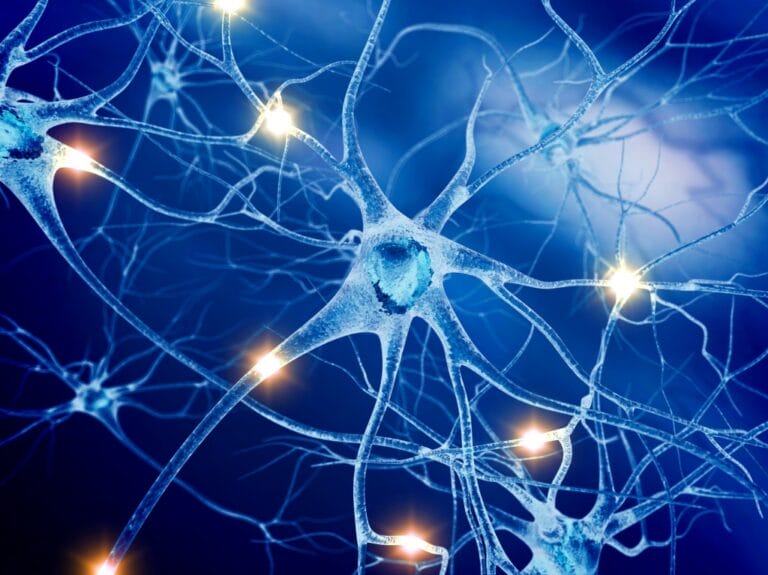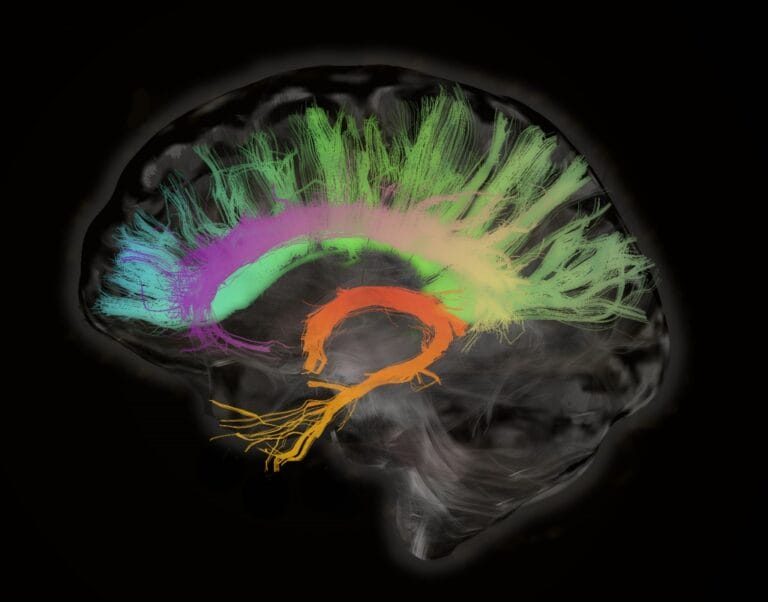The brain and nervous system are some of the most complex tissues in the human body. For centuries, studying them has been a daunting prospect due to their relative inaccessibility and scale (there are more than 86 billion neurons in the brain alone).
Recent large-scale efforts have launched a new generation of studies that aim to identify the molecular and cellular characteristics of the brain and how these translate into normal brain function—or, in the case of disease, dysfunction. These efforts include the Allen Brain Cell Atlas, which has created anatomical and transcriptional atlases of the human brain, the NIH’s BRAIN Initiative — which is accelerating the development and application of new single cell genomic and spatial transcriptomic technologies and their application to human brain — and disease-oriented cell atlasing efforts such as the Seattle Alzheimer’s Disease Brain Cell Atlas (SEA-AD).

 Additional information about this network, including datasets and any atlases assembled so far, can be found on our Data Portal.
Additional information about this network, including datasets and any atlases assembled so far, can be found on our Data Portal.
